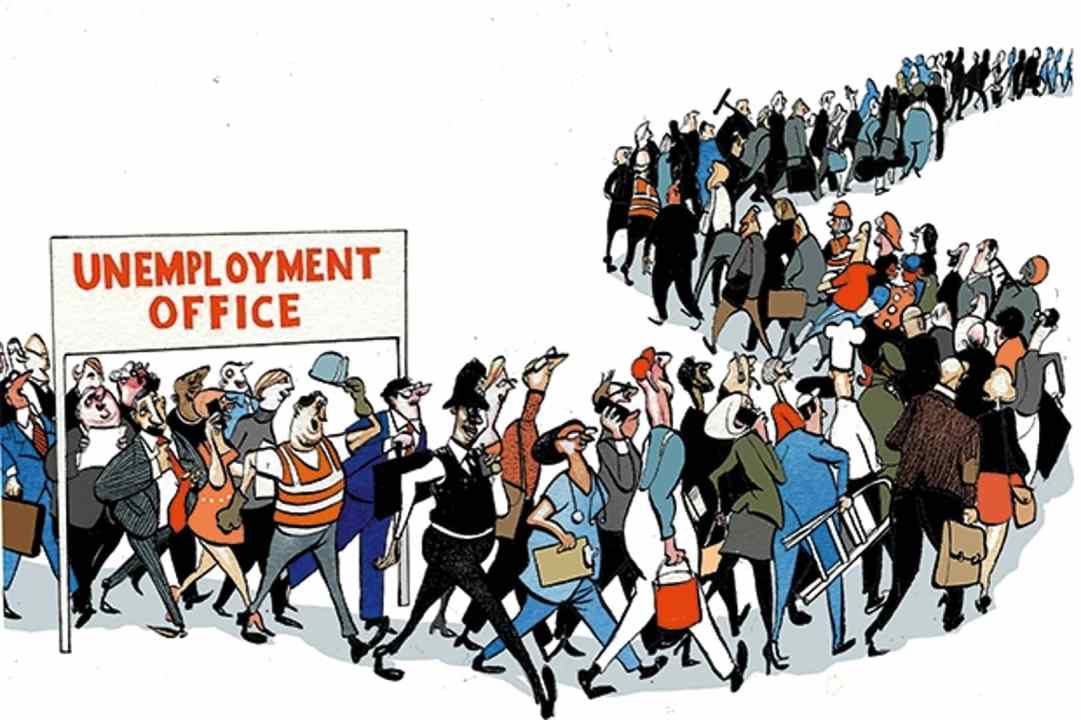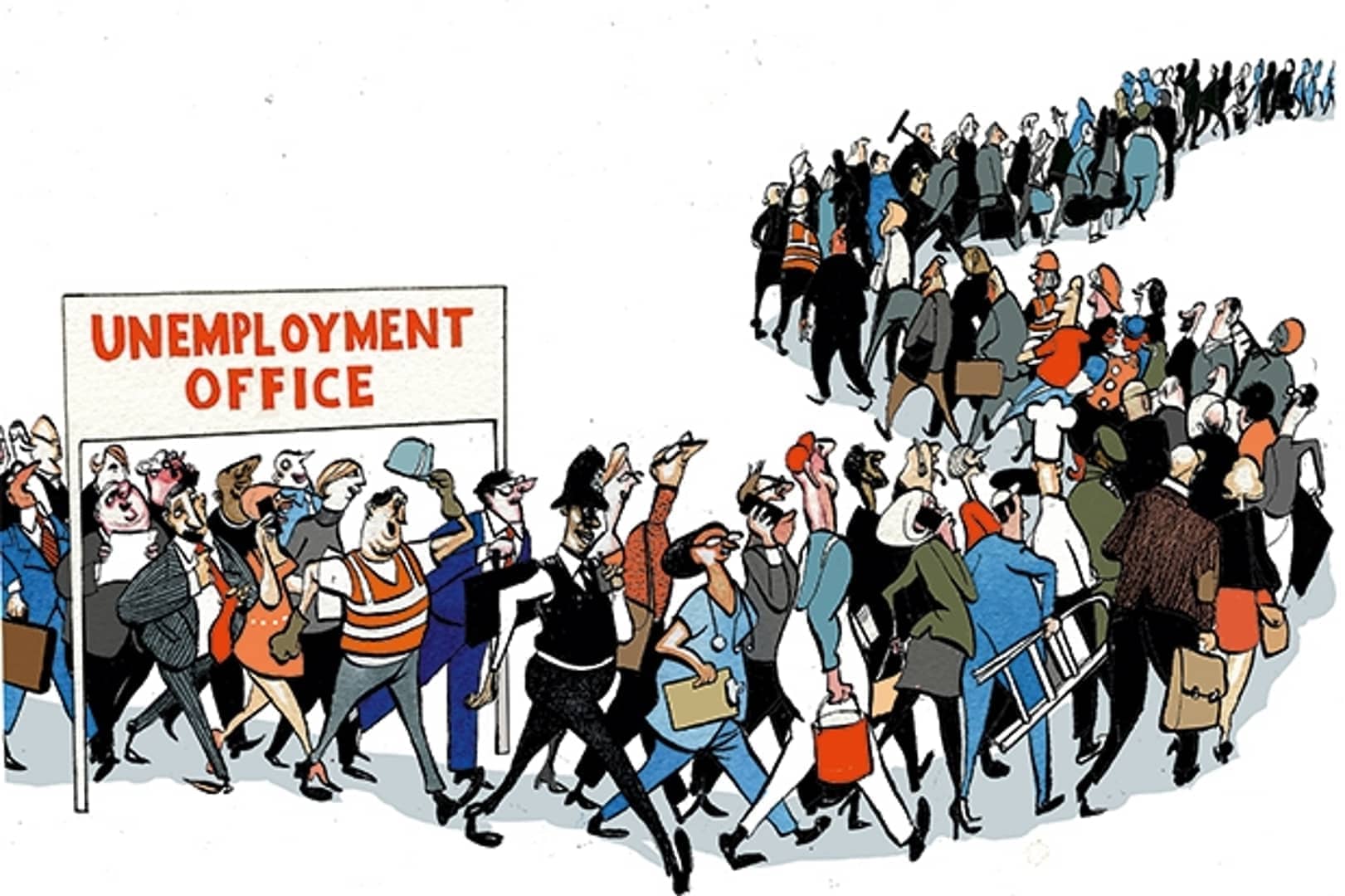October’s employment figures, according to the Chancellor Rishi Sunak are ‘testament to the success of the furlough scheme’. The other way of looking at the figures, released this morning, is that they show why the furlough scheme should have been wound up months ago, rather than at the end of September.
The number of people on payroll in October rose by 160,000 to 29.3 million in spite of furlough ending. The unemployment rate fell by 0.5 per cent. The employment rate, at 75.4 per cent, is now just 1.1 percentage points lower than it was in the three months leading up to the pandemic. It is astonishing because at the moment the furlough scheme ended, it was still paying the wages of 1.14 million people. Not only do these people appear to have been gulped up by the labour market, but extra jobs have been created on top.
We can only wonder how much extra economic growth might have been created had this labour source been freed up earlier
As we know, employers have been screaming about labour shortages for months, especially in sectors like hospitality which have relied on large numbers of staff from eastern Europe in recent years – many of whom have returned home either as a result of the pandemic or Brexit. Yet while employers were desperate for staff, over a million potential recruits were tied up on furlough, being paid to do jobs they weren’t actually doing and were forbidden from taking up alternative employment.
We can only wonder how much extra economic growth might have been created had this labour source been freed up earlier. Ending the furlough scheme earlier would certainly have saved a huge amount of money. The furlough statistics show that slightly more than half of employees on furlough when it ended on 30 September had annual salaries of £15,000 or less, and almost half earned more. If we take £15,000 as an average, and bearing in mind that employees received a maximum of 80 per cent of their earnings in furlough payments, it suggests that furlough payments were in the region of £1.14 billion in September alone – although by the end some of this had to be covered by employers.
One potential consequence of the end of the furlough scheme, interestingly, could be an increase in the vaccination rate among young people. An analysis by the Office for National Statistics (ONS) breaking down vaccinated and unvaccinated people by socio-economic characteristics shows that one of the groups with the lowest rates of uptake are 18 to 34-year-olds ‘in employment who are not currently working’ – ie those on furlough. Remarkably, they are only 0.37 times as likely to be vaccinated as employees who are working. Perhaps they felt no need to get vaccinated as they were spending much of their time at home. Now that many of these people will be back at work again, they might be more likely to accept a jab.








Comments